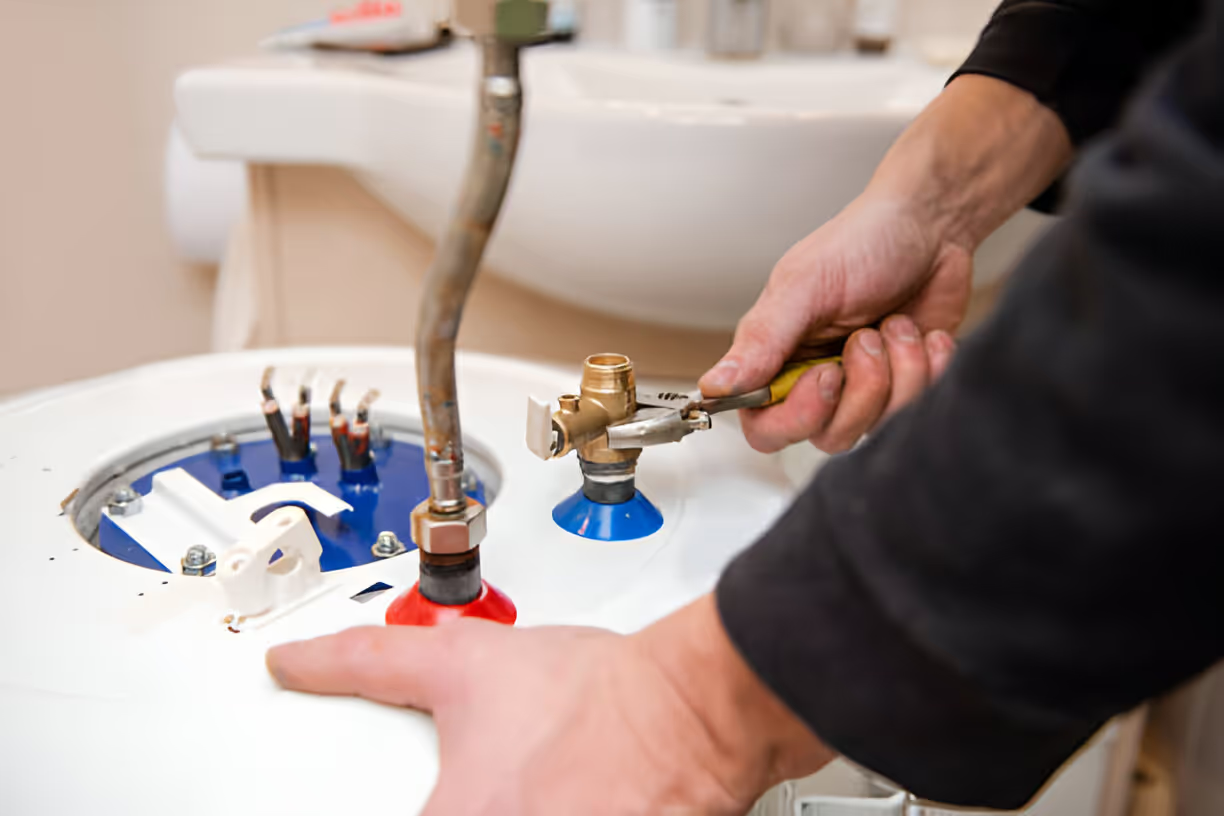Emergency Furnace Repair in Sun Lakes, AZ
When your furnace fails in Sun Lakes, AZ, you need reliable, fast service that addresses both immediate safety risks and long-term comfort. Emergency furnace repair focuses on urgent problems like complete heating outages, suspected gas leaks, or unsafe operation that can affect your family’s well being. In Sun Lakes homes—where desert nights can drop suddenly and many residents rely on gas furnaces or heat pumps for winter comfort—rapid-response repair keeps homes safe and livable when it matters most.

Why emergency furnace repair matters in Sun Lakes
Sun Lakes experiences mild daytime winters but chilly nights and occasional cold snaps. Older furnaces, neglected maintenance, or sudden component failures can leave rooms unheated overnight. More importantly, furnace issues can create safety hazards: gas leaks, incomplete combustion or a faulty vent can lead to carbon monoxide risk. Emergency furnace repair is not just about restoring heat quickly; it is about diagnosing unsafe conditions and stabilizing your system until a permanent solution is completed.
Common urgent furnace issues in Sun Lakes
Emergency calls typically involve the following problems:
- Complete heating outage - Furnace does not start or runs but produces no heat.
- Noisy or erratic operation - Loud bangs, grinding, or repeated cycling indicating mechanical failure.
- Pilot light or ignition failure - Intermittent ignition or a pilot that won’t stay lit, common in gas furnaces.
- Gas smell or suspected leak - Strong odor of gas requires immediate attention and safety measures.
- Carbon monoxide alarm activation or venting problems - Any sign of CO exposure or blocked/flawed venting is an emergency.
- Electrical failures - Tripped breakers, shorting, or control board malfunctions that disable safe operation.
- Blower motor failures - Furnace runs but air does not circulate, causing rapid temperature drops.
What to expect from an emergency diagnostic
Emergency furnace diagnostics prioritize safety, rapid stabilization, and a clear plan for repair:
- Safety assessment - Technicians check for gas odors, CO indicators, and signs of fire or electrical hazard. If a gas leak or CO issue is suspected, the priority is to secure the system and ventilate the space.
- Visual and operational inspection - Quick checks of burners, ignition system, venting, filters, and electrical connections to identify obvious failures.
- System testing - Thermostat and control diagnostics, pressure and flame tests on gas systems, and airflow measurements to narrow the cause.
- Immediate recommendations - Based on findings, technicians advise whether a temporary measure will bring safe, short-term heat or if the furnace must be shut down until a permanent repair is made.
Temporary fixes vs permanent repairs
Emergency service often uses temporary measures to restore safe, short-term heating while awaiting parts or more extensive work. Common temporary and permanent steps include:
Temporary (to restore safe operation quickly)
- Resetting controls and safely relighting pilot or ignition systems if appropriate.
- Replacing failed fuses or resetting breakers to restore power while confirming there is no deeper electrical fault.
- Installing a temporary blower or duct heater to circulate warm air in critical areas.
- Securing a suspected gas leak point and providing ventilation while scheduling full gas line repair.
- Running a diagnostic bypass or temporary wiring solution to maintain operation until replacement components arrive.
Permanent repairs (recommended after stabilization)
- Replacing failed ignition modules, control boards, or gas valves.
- Repairing or replacing burners, heat exchangers, or venting systems.
- Full blower motor or fan replacements and balancing.
- Correcting gas piping or chimney/ventwork and testing for proper combustion and venting.
- Replacing aging furnaces when repairs are no longer cost-effective or safe.
Technicians will always explain the tradeoffs between a temporary fix and a long-term repair, including safety implications, estimated timelines for parts, and expected system life after repair.
Typical emergency response times in Sun Lakes
Local emergency furnace repair is structured to respond quickly in high-need situations. Response times vary with call volume and time of day, but emergency dispatch for heating failures in the Sun Lakes area commonly aims to arrive within 1 to 3 hours. Technicians carry common replacement parts and diagnostic tools to speed repairs on first visit when possible. If specialized parts are required, an emergency stabilization plan will be implemented and a return appointment scheduled as soon as parts are available.
Safety steps you can take while waiting for technicians
- If you smell gas, leave the home immediately and follow local emergency procedures for natural gas. Do not operate electrical switches, appliances, or phones inside the home.
- If carbon monoxide alarms are sounding or anyone feels dizzy, weak, or nauseous, evacuate and seek fresh air immediately.
- Turn off the furnace at the thermostat or breaker if you notice smoke, unusual burning smells, or if the unit is producing excessive heat.
- Close off vents to unoccupied rooms and use safe alternative heat sources according to manufacturer instructions.
- Keep pets and children away from equipment and exposed components.
Preventing future emergencies
A few proactive steps reduce the risk of emergency furnace repair:
- Schedule annual heating tune-ups before the heating season; regular maintenance prevents many sudden failures.
- Replace filters every 1-3 months depending on use and indoor air quality.
- Have gas fittings, venting, and heat exchangers inspected periodically for corrosion or cracks.
- Upgrade aging control systems and consider replacement if your furnace is more than 15 years old or repairs are frequent.
- Install and maintain CO detectors on every floor and near sleeping areas.
Final reassurance
Emergency furnace repair in Sun Lakes, AZ focuses on fast, safe diagnostics and practical solutions that protect your home and household. Professional emergency technicians stabilize dangerous conditions, restore heat when possible, and guide you through temporary and permanent repair options so you understand the best path forward. Prioritizing safety, transparent diagnostics, and efficient repair work minimizes disruption and helps keep your home warm and secure during the cooler months.






